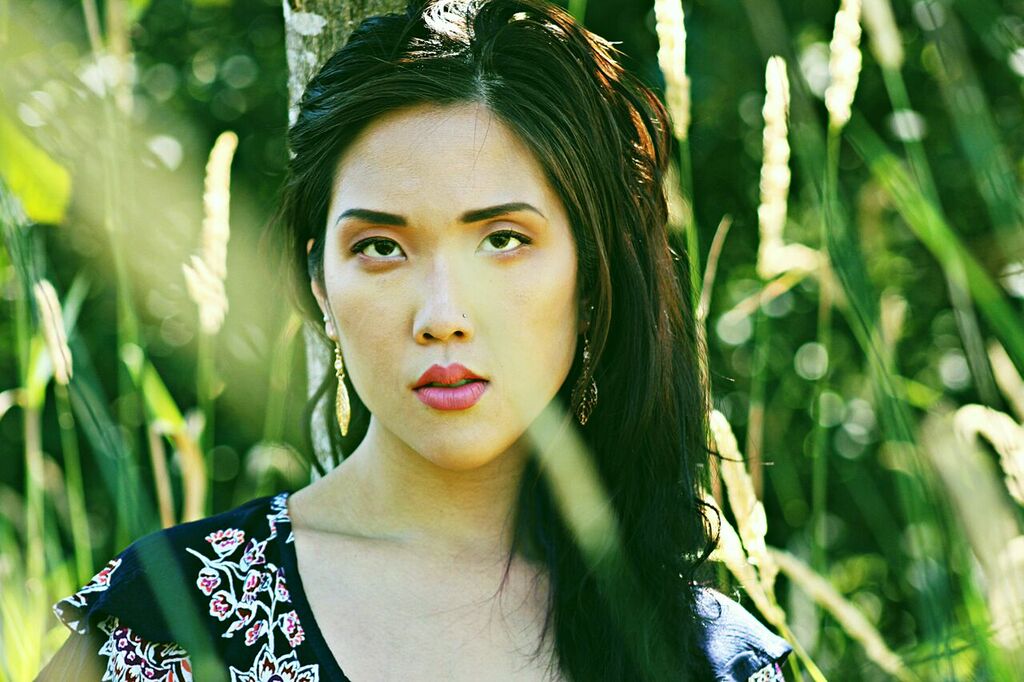
What an ‘aesthetic’ is and why it might be a good thing
By Jillian McMullen, Staff Writer
You may never have heard the term “Instagram baddie,” but it’s unlikely you would have never come across several on the popular social media app. An “Instagram baddie”—according to the ever-helpful Urban Dictionary—is a woman who has amassed a large follower base and is known particularly for being “always on fleek,” never “ceas[ing] to slay,” and following “the basic clothing color schemes of nude, mauves, beiges, plums, and browns.” A baddie often mixes sport streetwear, like Nike and Adidas, with high-end accessories. Their posted photos are always meticulously posed and seem to feature numerous up-to-date trendy products. Sound familiar?
These types of accounts serve largely as income for the women running them. They are typically sponsored by the products they feature, as a business relationship established thanks to the “aesthetic” the women have curated through that meticulous posing and the way in which it complements the company’s branding. However, it takes an insane amount of followers to create enough influence to attract sponsors, and it’s rather unlikely that the day-to-day person will become an official baddie. Despite that, I often hear friends and classmates talking about having an “aesthetic.” The social media lexicon employed by millennials is often arbitrary and slightly ridiculous (think: “lit,” “glo up,” and “salty”), therefore I think this is appropriately mocked by older generations because of the contentious word choice.
An “aesthetic” formerly only described as a set of principles to approach art and what was considered beautiful. It never described what that set of principles was because it was unique to each person who established their own distinct one. The modern popular usage has enclosed itself so the claim to an autonomous style is precarious.
However, actually developing a set of style principles you follow closely has a lot of real world economic benefits. Following a set of principles demands a rejection of other styles that do not conform to them. Although this limits the breadth of products you can buy, it also limits the frequency of impulse buying items you don’t really want or need. Think of all the times you purchased a cheap skirt at Forever21 because it looked like something you’d seen online, and wore it twice only to have it fall apart immediately. Buying less often means you can buy better quality, and buying good quality items in smaller amounts combats the overconsumption of goods.
Although online “aesthetics” are determined by sponsorship, personal “aestheticism” has the opportunity to combat perceived ideas of its shallowness and work towards more responsible consumerism. So maybe the concentration should be less on following a perceived “popular” aesthetic, and more on developing your own aesthetic identity.


